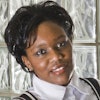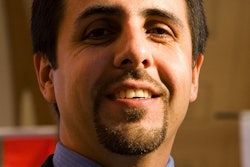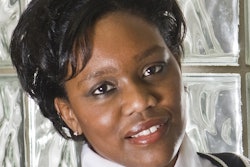Dr. Nadya Mason is a woman of many talents. Examining the quantum behavior of nanotubes, long, thin cylinders of carbon, or how electrons behave in low-dimensional, correlated materials are only a few of them. Touted by Dr. Jeremiah D. Sullivan, the former head of the department of physics at the University of Illinois at Urbana-Champaign as an outstanding experimentalist of condensed matter, Mason is emerging as a leader in her field.
In her work with nanotubes, Mason has developed new fabrication techniques to control quantum properties of dots and wires. She discovered unusual correlated phases and developed ways of trying to control and understand these phases in her work with two-dimensional superconductors. For this sort of innovation, Mason was awarded one of the National Science Foundation’s prestigious CAREER Awards in 2006.
A wife, mother and master physicist, Mason dedicates innumerable hours to studying the critical matters of physics, both social and scientific. To her, the science of electrons is just as important as the availability of opportunity to study them. An opportunity, she insists, evades many underprivileged groups.
As a condensed matter experimentalist, Mason observes the particles inside materials that give them their specific properties or, as she candidly puts it, “I look at the physics of stuff. Think of the metal in a spoon, for instance. I wonder what about it makes it a good conductor of electricity or heat? What is it about the electrons in these materials that give them their special or unique properties?”
Mason’s fascination for math and science began at the age of nine in the form of puzzles and games and has remained with her ever since. During high school, her summers were spent in laboratories, captivated by scientific theories.
“I got a research opportunity working at a local biochemistry lab in Houston. It really helped me hone my skills in science. I really liked working with my hands, doing experiments and thinking about the way things interacted.”
An observer of interactions, Mason couldn’t help but notice the shortage of minorities who shared her physics fascination. Both as a Harvard undergraduate and a doctoral student, the lack of women and people of color in her field was often discouraging. She even questioned whether she could succeed in a field dominated by White males.




















